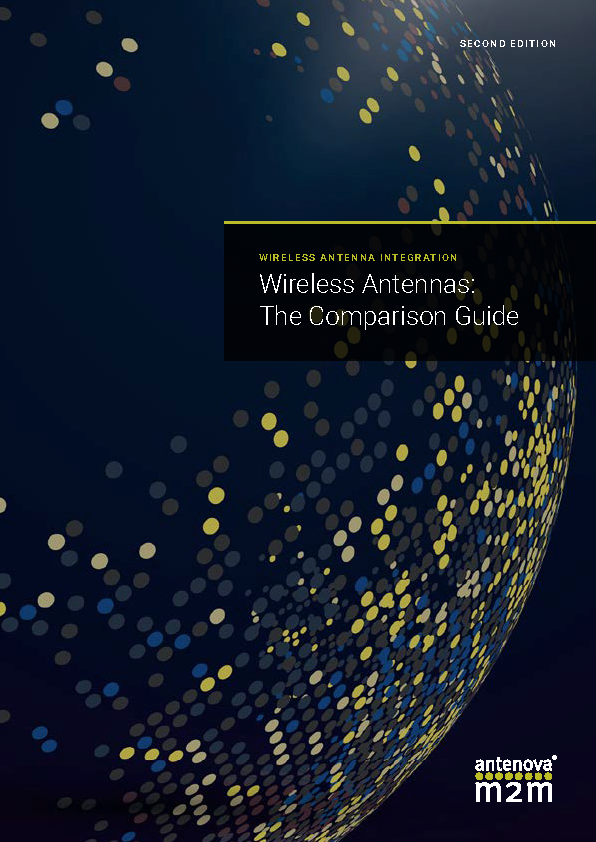If a half-wave antenna is the shortest resonant length of an antenna, then how can a quarter-wave antenna function effectively?
Yu Kai Yeung
Antenna Engineer at Antenova Yu Kai is an antenna expert with over 10 years of experience in the design and testing of antennas. He has experience helping customers with certification testing, combined with his knowledge of RF measurement procedures.



